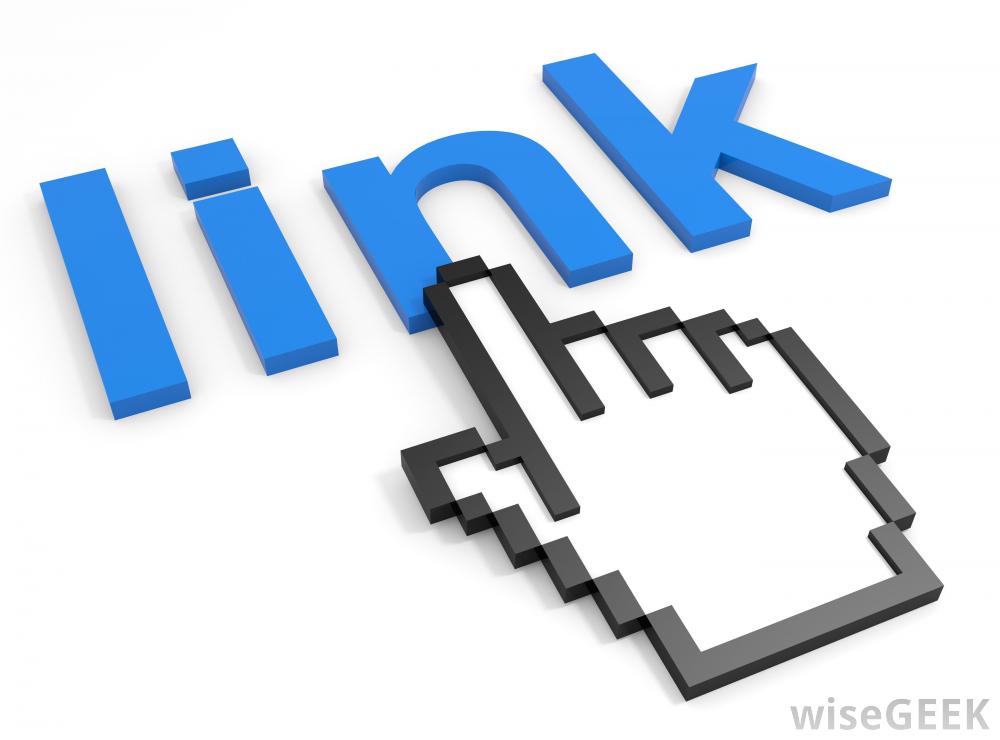Like both Hannah Feustle and Taj Wilson mention, the first place I’ve heard of hypertext in context was when it was associated with Wikipedia. With that being said, however, I didn’t quite understand what exactly hypertext was (and I’m still a little rocky on what exactly it is). These articles, however, have done a pretty good job of introducing hypertext and the way it shapes the way we read.
“Hypertext introduces a new metaphor for the representation of text, since it is conceptualized as a hierarchy or an arborescence of textual nodes linked together. The text is thus apt to be thought as a purely logical structure” (Vandendorpe 209). Vandendorpe brings up an interesting concept: hypertext as a tree. When we stumble across a webpage with hypertext links, we come upon a tree and with one click we trace the roots (or branches) to different pages, making connections between related content (or not, in Wikipedia’s case). Vandendorpe calls hypertext “a constantly evolving book” due to “its ability to link seamlessly billions of pages as if they were a single entity” (Vandendorpe 210).
The way hypertext navigates through different sources of information, in my opinion, limits its presence to the digital realm. I’ve never seen a book where I could click a link and read more about a character/scene/author, but almost anything online can be hyperlinked to another webpage and, as Taj Wilson states, you can fall down a rabbit hole. Even though I haven’t seen physical links in print text, there are print media that give us links to social media accounts and websites by typing out the handle or the URL. Even though that’s similar to what a hyperlink does, it lacks the interactivity that can only come on digital platforms.
While Vandendorpe acknowledges all the benefits of hypertext and the changes it causes when we read, he also recognizes probably one of its biggest downfalls: that rabbit hole. “This is not always a blessing, of course, since it distracts the reader from following a single thread of thought, as is normally required in reading a printed book” (Vandendorpe 210). Hypertext can be great when we want to jump from one topic to the next, but it also distracts us from the current text when we see blue links on every seventh word. Like Vandendorpe states, we are unable to focus on one train of thought which the simplicity of printed text allows us to. This, however, can be overcome by sheer willpower to avoid clicking the links until you’re done reading the current page. In my opinion, hypertext links border the line between helpful and distracting, depending on the situation.
Word Count: 439
Works Cited
Vandendorpe, Christian. “Reading On Screen: The New Media Sphere.” pp. 203–215.
